by Martin Green
They might seem an unlikely comparison: the age difference between the Piaget and the Jaeger-LeCoultre ultra-thin watches in this article spans more than four decades, yet they have a lot more in common than you might think.
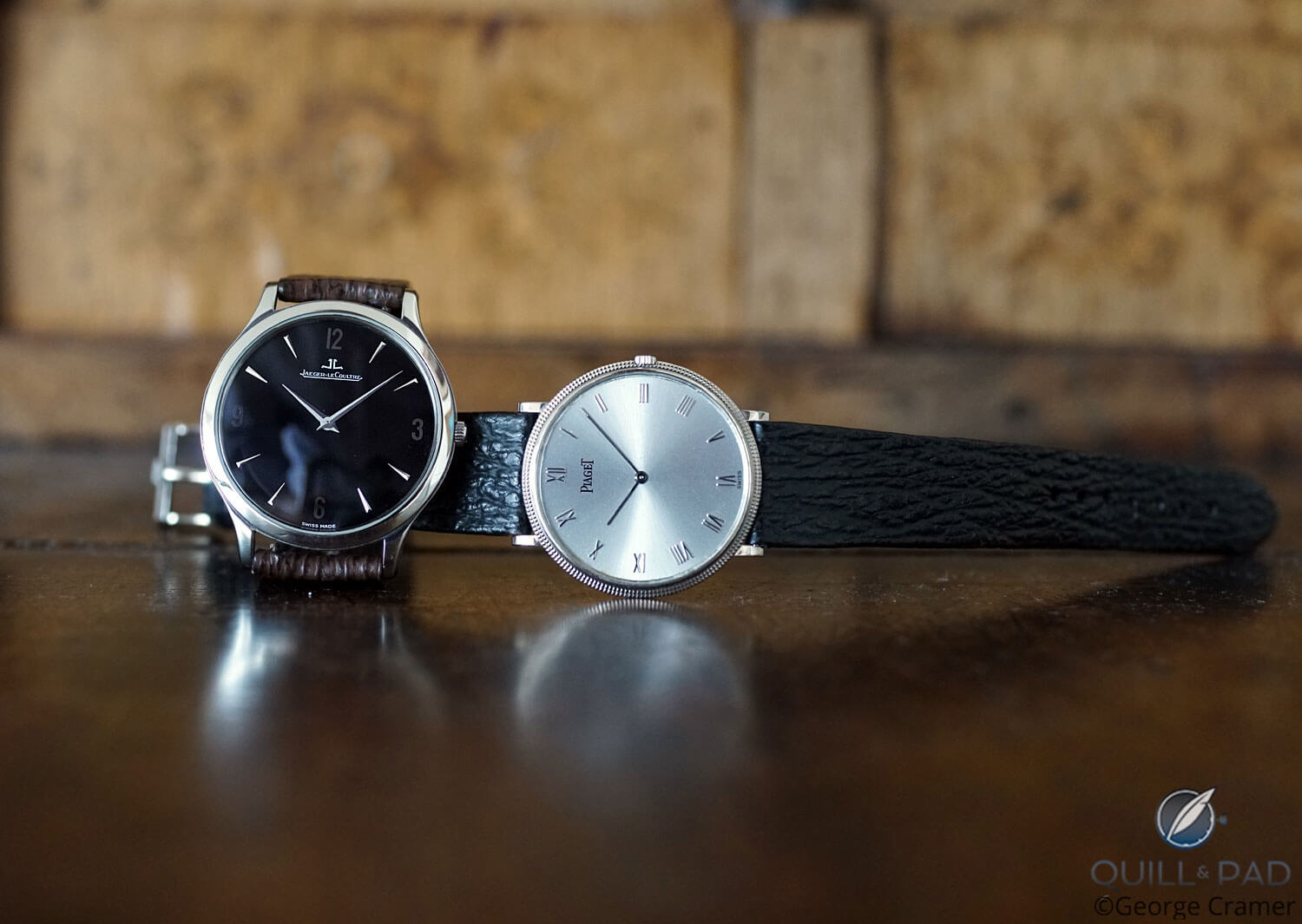
Jaeger-LeCoultre Master Ultra Thin (left) and Piaget Altiplano
Both the Jaeger-LeCoultre Master Ultra Thin and Piaget Altiplano are fitted with an ultra-thin manual-wind movement with a rich history, both have only two hands to indicate the time on dials with rather restrained designs, and both have case shapes amplifying their ultra-slimness.
Today these two ultra thins represent a category of watches that seems to be in the autumn of its existence, yet make no mistake as each of them still carries quite a horological punch!
Jaeger-LeCoultre Master Ultra Thin vs. Piaget Altiplano: day-to-day difference
Wearing both watches is a delight. Their small diameters and thin profiles allow them to seem to merge with your wrist. And if it weren’t for their attention-demanding beauty, you wouldn’t even notice that you are wearing a watch. Both have small but easy-to-operate crowns operating with a buttery smoothness when winding the movement.
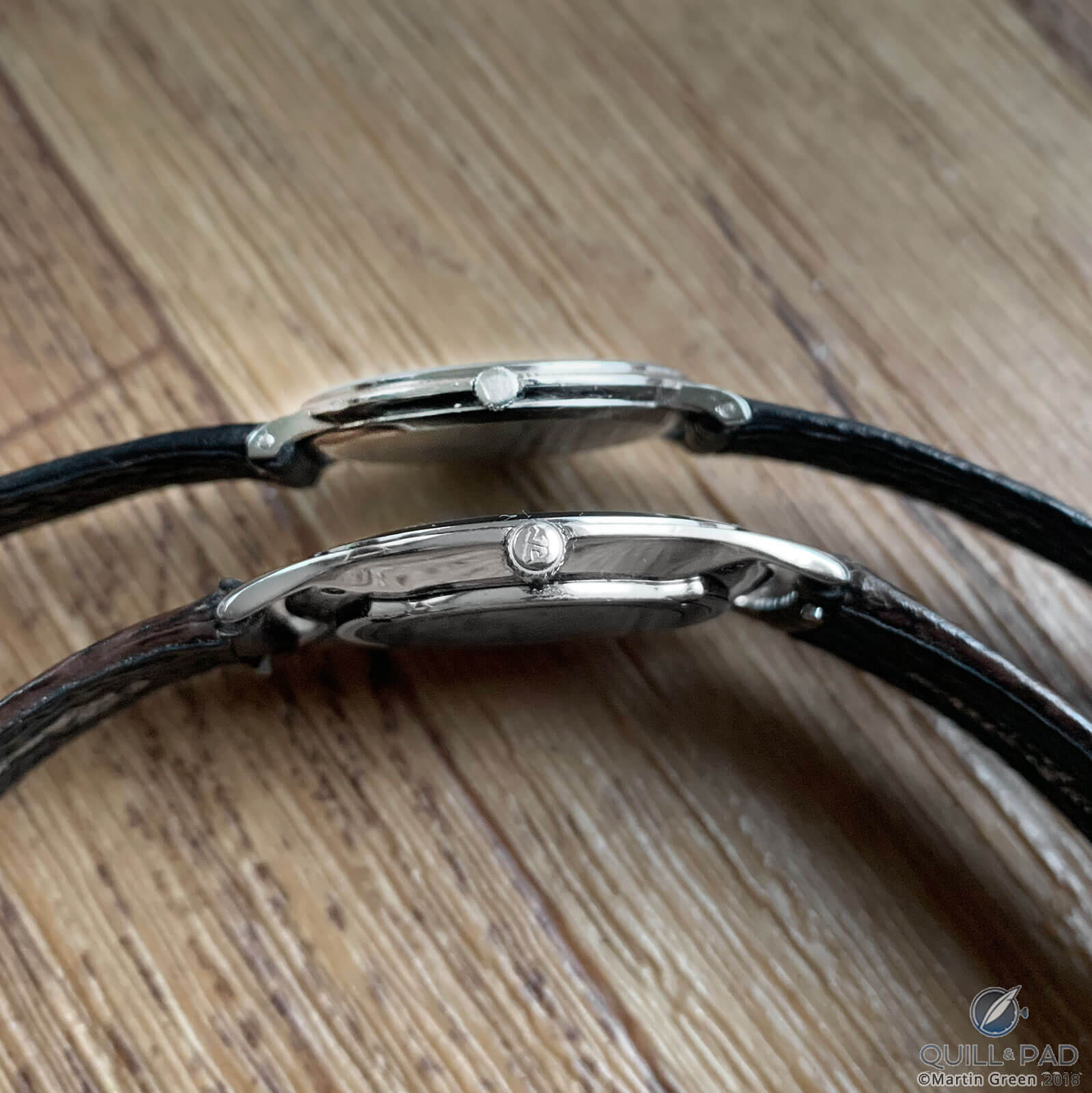
Ultra slim: Jaeger-LeCoultre Master Ultra Thin (bottom) and Piaget Altiplano
While the designs of the Jaeger-LeCoultre Master Ultra Thin and Piaget Altiplano initially look quite straightforward, they are far from staid thanks to myriad small details that become particularly evident when you spend a couple of days with these watches on your wrist.
If you think that ultra-thin dress watches are fragile, the Master Ultra Thin will cure you of this thought the moment you put it on your wrist. It feels so confident – or, in reality, it looks confident – as the watch is so thin and light that you don’t really feel it when you are wearing it.
This has the effect that you don’t have to change watches when you change activities to something that seems less suited for a dress watch. Playing with the dog? A game of tennis? The Master Ultra Thin does all this with ease.
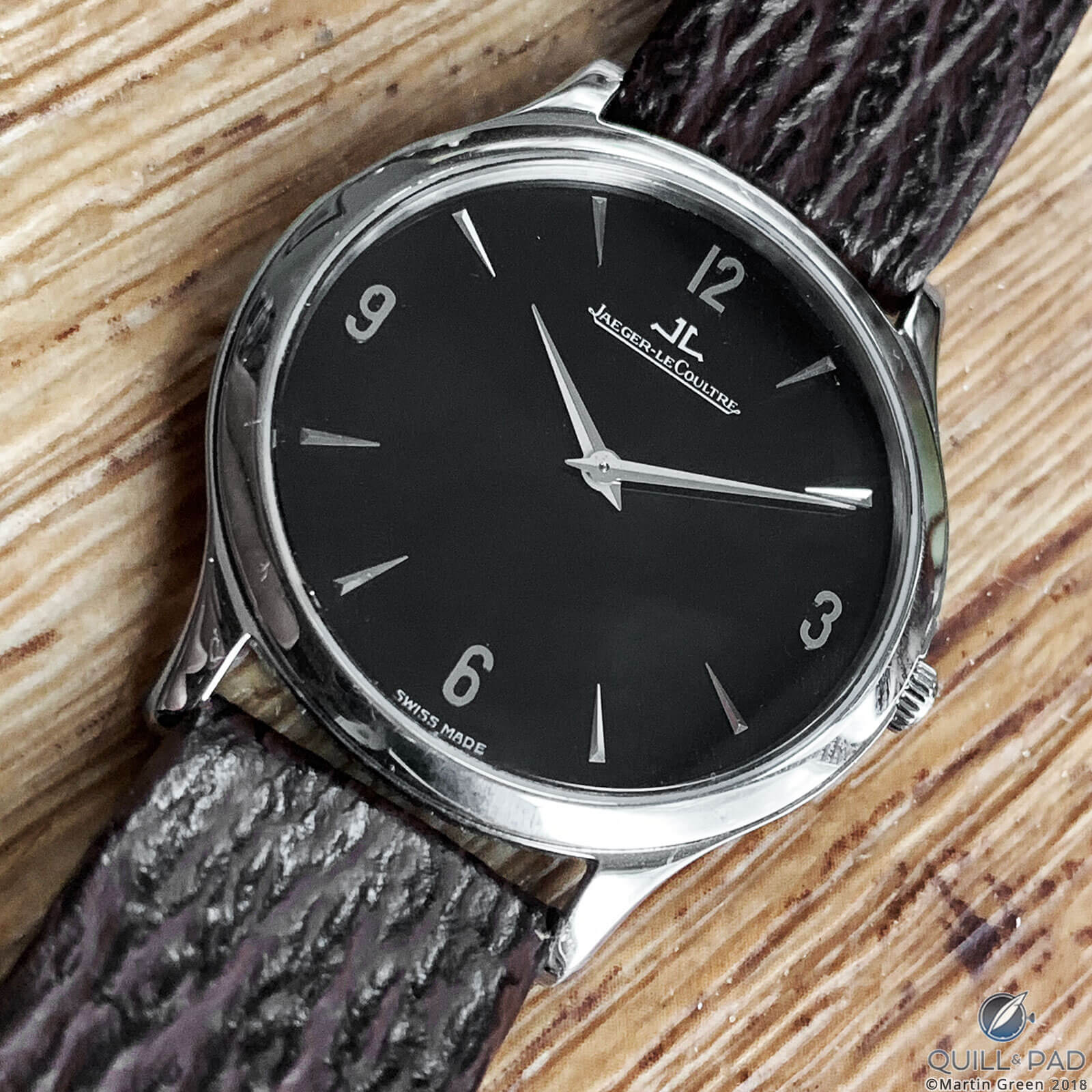
Jaeger-LeCoultre Master Ultra Thin
The fact that the Master Ultra Thin comes in a stainless steel case, compared to the precious metals usually favored for ultra-slim dress watches, most certainly helps as does the combination of the black dial with a brown strap. Jaeger-LeCoultre originally delivered the Master Ultra Thin on a brown alligator leather strap, which the current owner replaced in favor of a tailor-made sharkskin strap by Manufacture Jean Rousseau.
A remarkable choice as sharkskin is leather that you might expect with a serious sports watch but one that makes for a surprisingly lovely combination.
Jaeger-LeCoultre kept the dial of the Master Ultra Thin very simple, but went all in with the hands. Initially, these look quite normal, but closer examination brings to light that the fold is asymmetric and features different finishes on either side. This makes it very easy to read time, and also makes the hands mesmerizingly beautiful.
Compared to the Jaeger-LeCoultre, the Piaget feels more upscale. This is not a matter of quality but more design and material.
This Altiplano is crafted in white gold, its bezel decorated with clous de Paris guilloche. This makes for a nice contrast with the silver sunburst dial with black baton hands. How these move is almost an enigma as they appear to be glued on the dial.
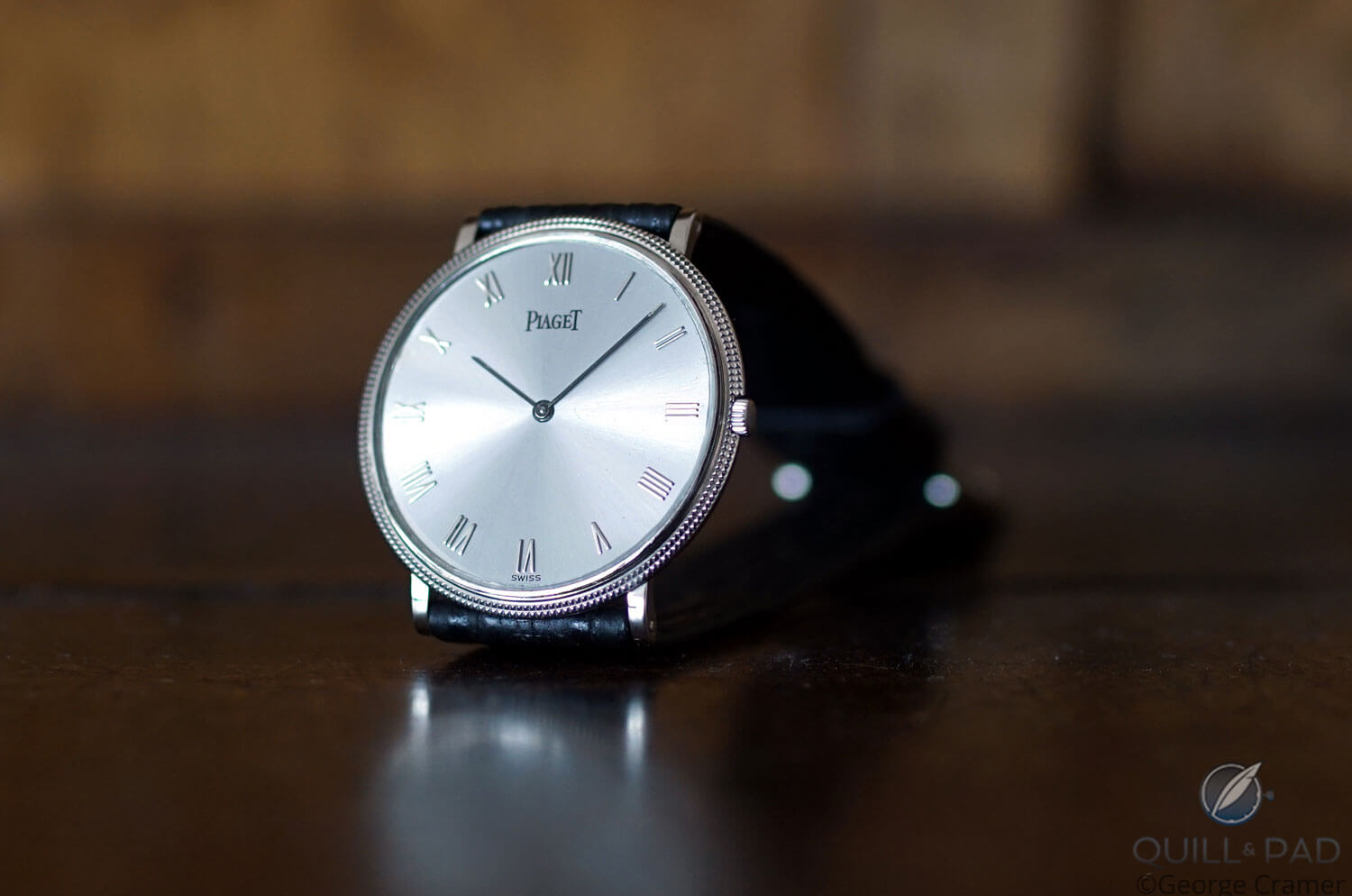
Piaget Altiplano
Roman numerals add to the more classic appearance of the Piaget compared to the Jaeger-LeCoultre, but the tone-in-tone look does give it a slightly modern edge. Remarkable is that Piaget also opted for a screw-in strap bar that keeps the strap in place; a beautiful solution highlighting the refinement of this watch.
Jaeger-LeCoultre Master Ultra Thin vs. Piaget Altiplano: what moves you?
The most significant, or should I say thinnest, assets of both watches can be found under the hood. The Piaget is powered by manual-wind Caliber 9P; the record-breaking movement launched in 1957 is only 2 mm thick, which even today is still very impressively thin. The movement has a certain flow to it, with two curved main bridges and a balance cock keeping everything in place.
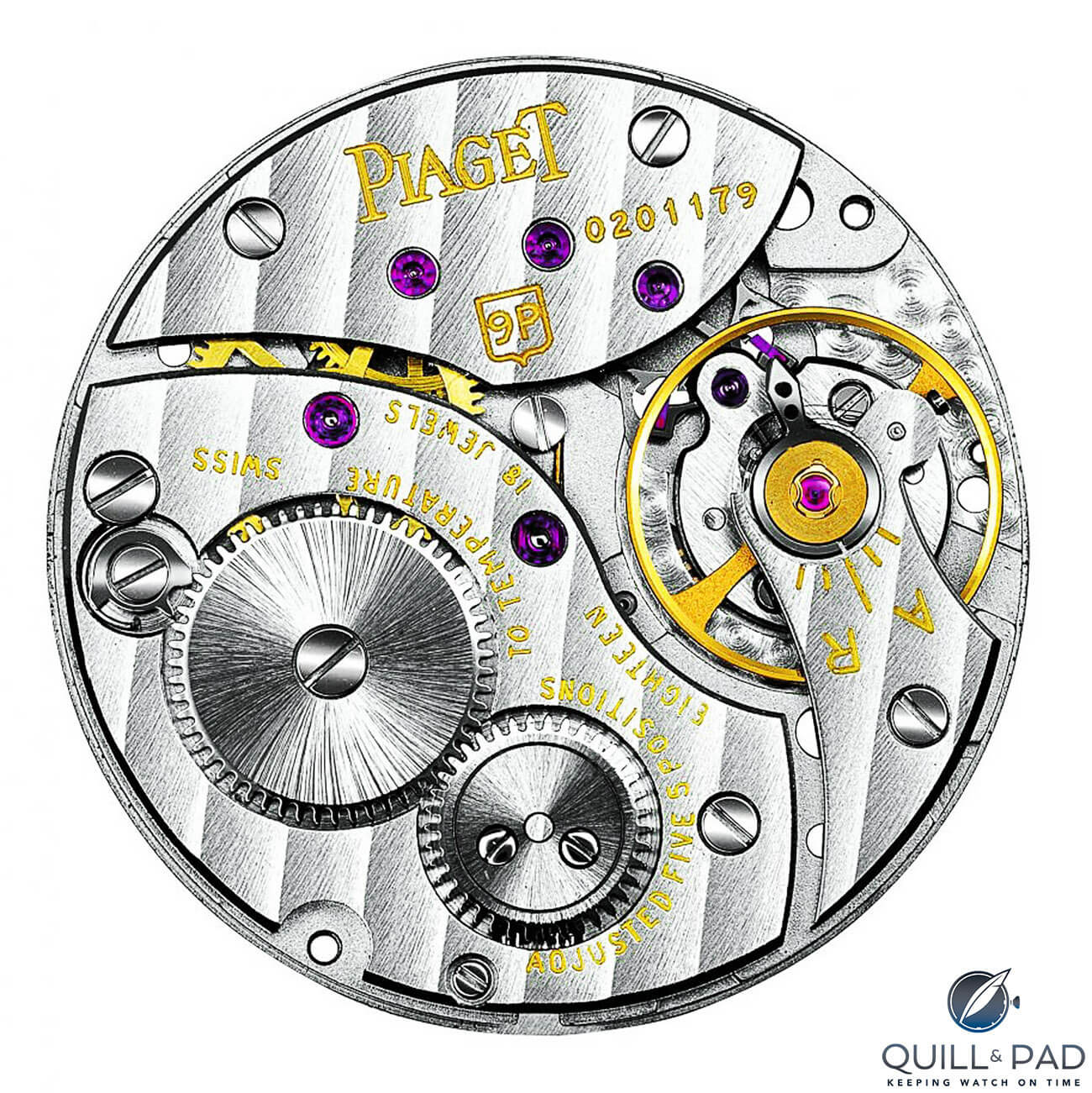
Piaget Caliber 9P
While some ultra-thin movements can be finicky, Caliber 9P isn’t one of them. It is surprisingly robust and can handle much more than its appearance leads us to believe. This is all the more remarkable since Piaget needs 2 mm for the movement, but the case, dial, hands, and crystal only add another 1.8 mm. That makes the total height of this Altiplano 3.8 mm!! This is only 0.15 mm thicker than the current Altiplano 38 mm 900P, which measures 3.65 mm in height.
The Jaeger-LeCoultre has a thinner movement but is thicker overall. Inside ticks manual-wind Caliber 849, which the brand introduced in the early 1990s. It is the successor of 1975’s Caliber 839, with the major difference being an extra jewel and a revised layout of the bridges.
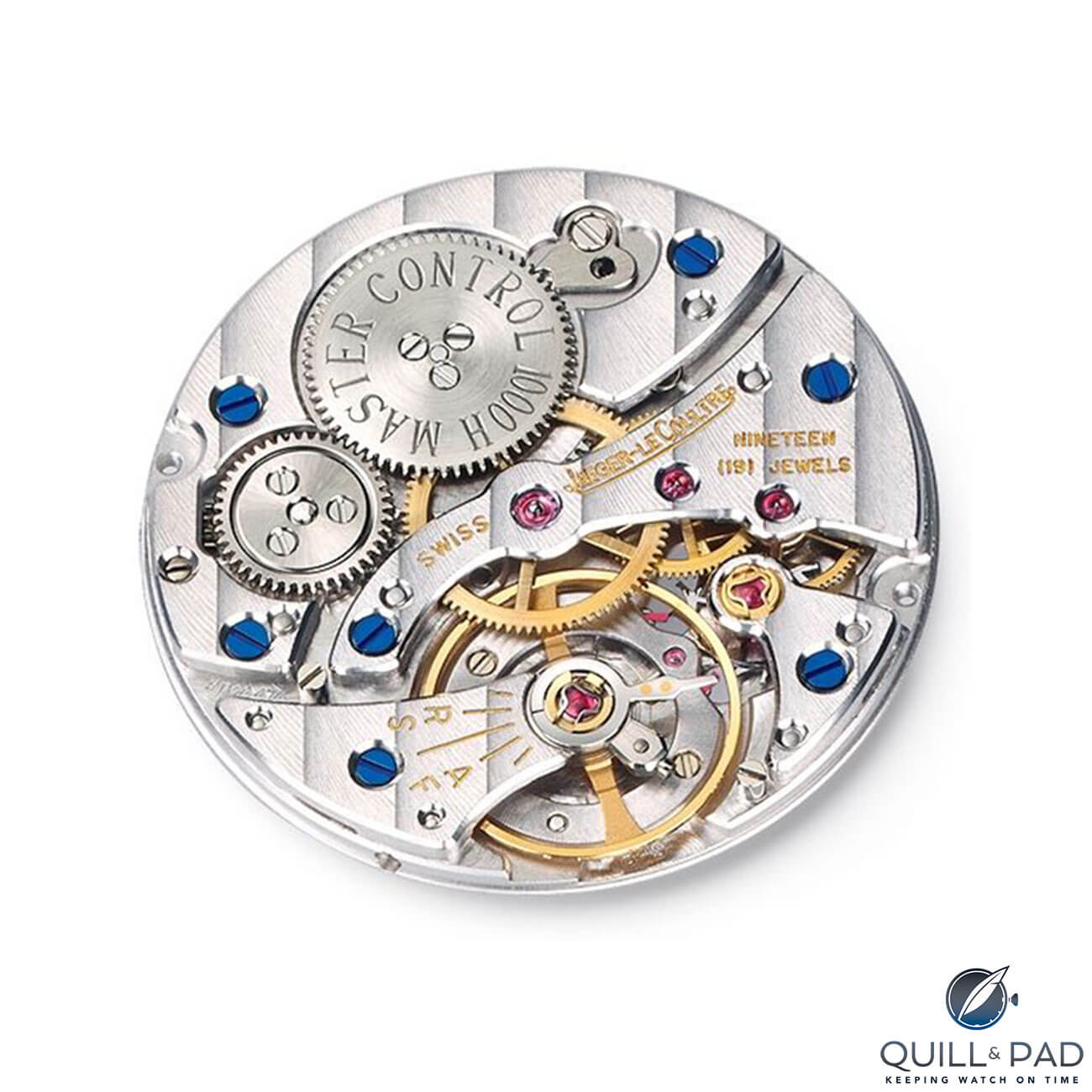
Jaeger-LeCoultre Caliber 849
The height of Caliber 849 is only 1.85 mm, yet encased it balloons up to 5.9 mm. Some of that is due to the transparent case back, which adds half a millimeter over the version with the solid stainless steel case back.
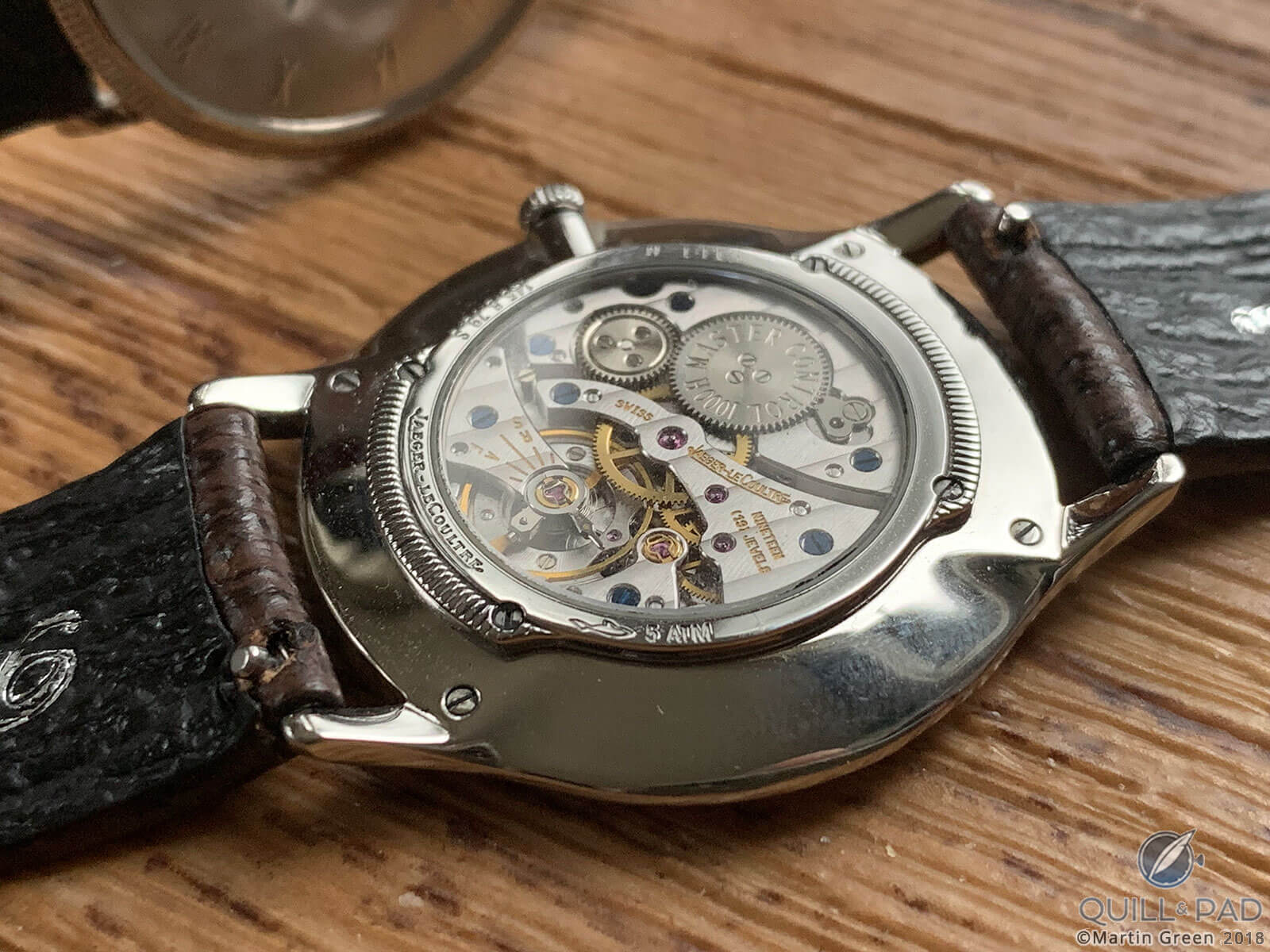
Back of the Jaeger-LeCoultre Master Ultra Thin
Not that we would want to miss that display back because the movement is Jaeger-LeCoultre at its best! The layout is beautiful, the finish is perfect, and the design and execution second to none. There is a reason that Jaeger-LeCoultre is considered one of the best movement manufacturers in Switzerland, not only by its clients but also by its peers.
Jaeger-LeCoultre Master Ultra Thin vs. Piaget Altiplano: the underappreciated value of ultra-thin watches
In the second-hand market, prices for the Piaget and the Jaeger-LeCoultre are surprisingly similar. Both the watches in this comparison can often be found around, or occasionally even below, $3,500. That makes the Piaget in particular an under-appreciated treasure, as it combines the record-breaking movement with a skillfully crafted gold case. The only concession from Jaeger-LeCoultre is its steel case. While the brand also offers the Master Ultra Thin with a gold case, it commands a distinct premium.
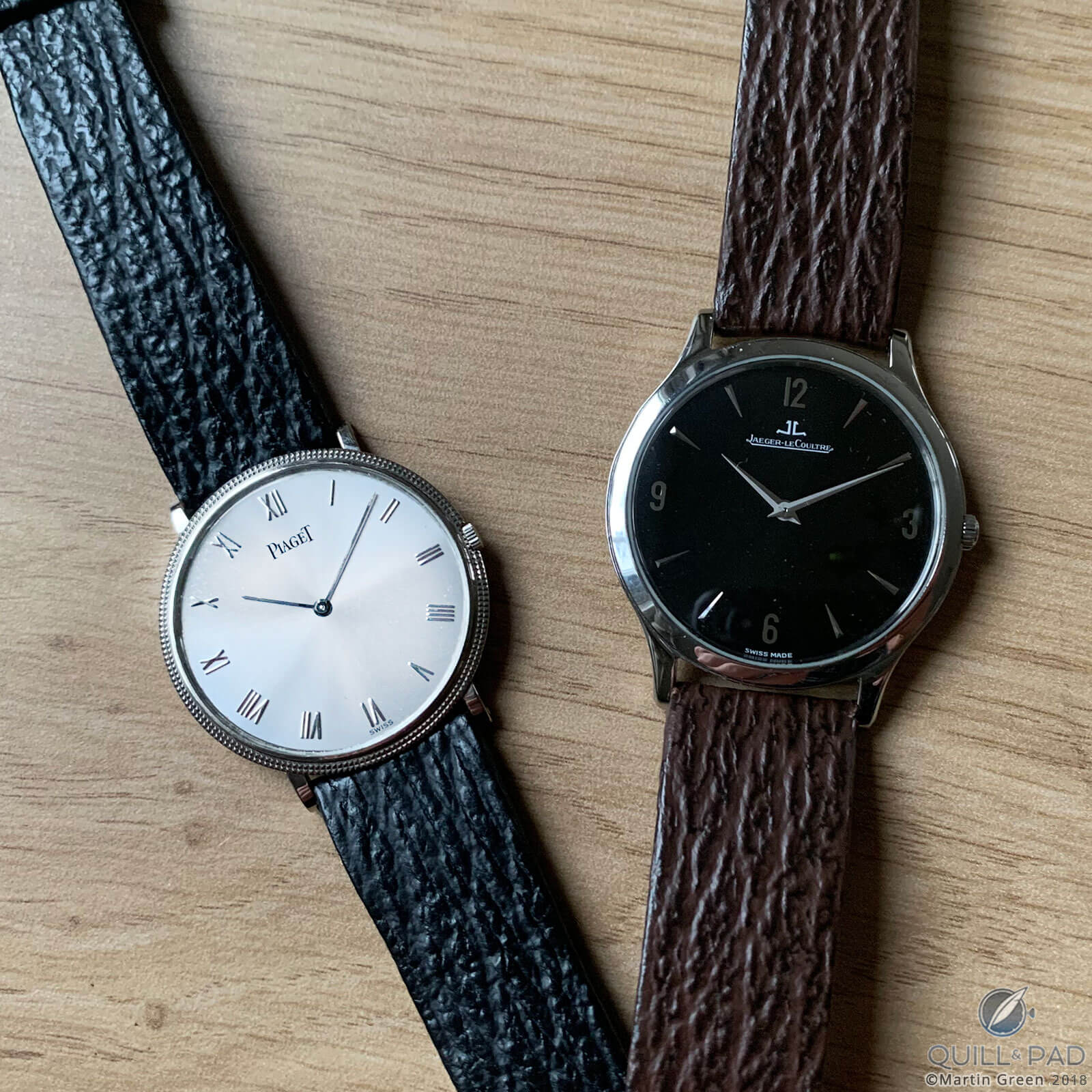
Piaget Altiplano (left) and Jaeger-LeCoultre Master Ultra Thin
Pricing also has a lot, if not the most, to do with popularity as well. While it is hard for any serious watch connoisseur to deny the qualities that both watches possess, their case diameters tell a different story. The Piaget measures only 31 mm in diameter while the Jaeger-LeCoultre is slightly larger at 34 mm. These numbers alone have an impact on their popularity as most will consider them just too small by today’s standards.
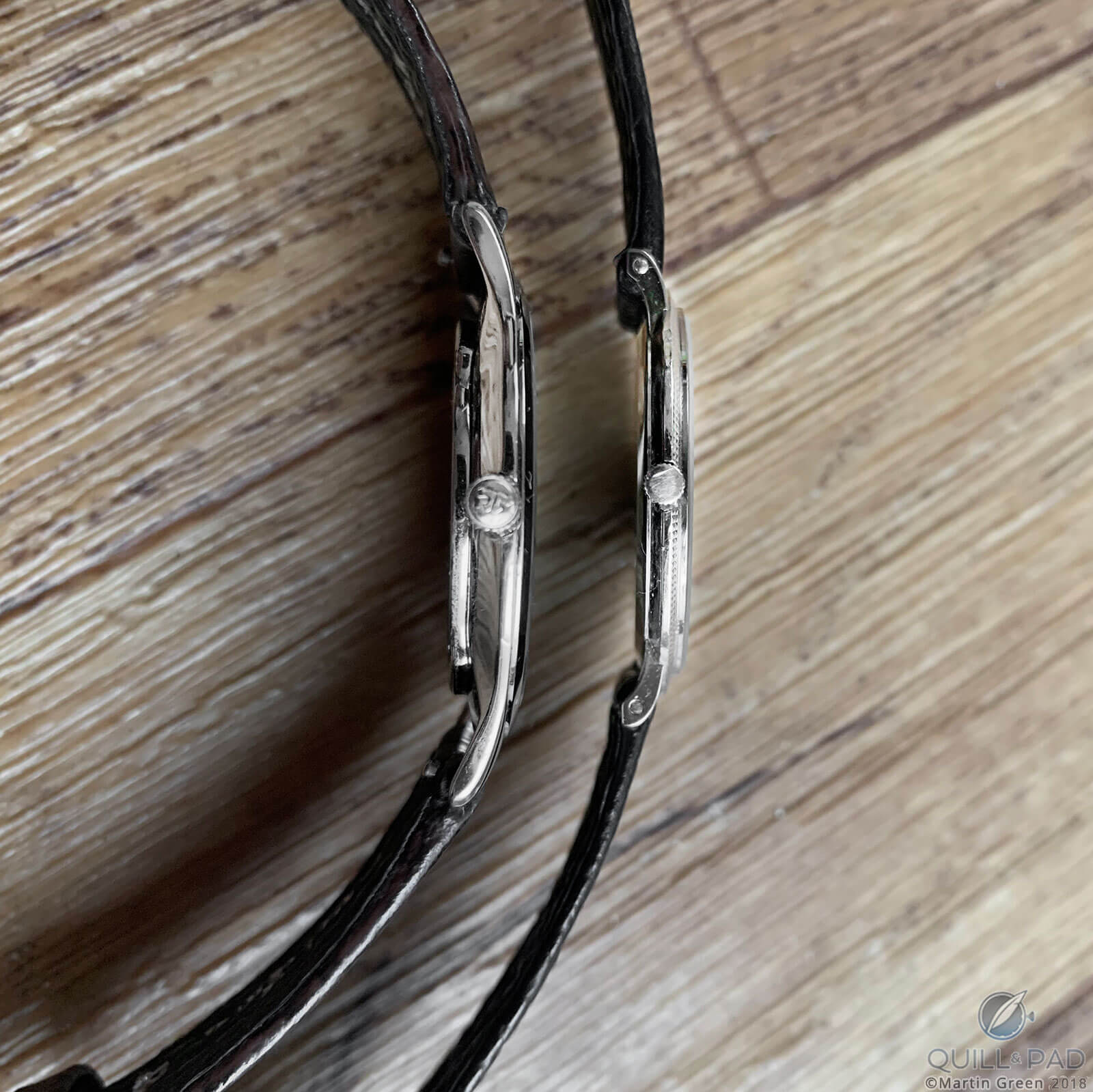
Jaeger-LeCoultre Master Ultra Thin (left) and Piaget Altiplano
This is in the eye (and mind) of the beholder, but I think that both need to actually be worn to make a final judgment on their sizes. As both are very slender and almost all dial they have a considerable presence on the wrist. Granted I have a very modestly sized wrist measuring only 17.5 centimeters; nonetheless, neither of these watches feels unusually small.
What I do appreciate about them is that they also achieve synergy with the strap, as the case doesn’t cover the entire top side of the wrist. This gives the strap a slightly larger role in the overall perception of these watches, and that is a pleasure.
Jaeger-LeCoultre Master Ultra Thin vs. Piaget Altiplano: this or that?
Both the Piaget Altiplano and the Jaeger-LeCoultre Master Ultra-Thin have proven track records. They are the cream of the crop and so closely matched that the question “this or that” is more personal than anything else. With its stainless steel case, the Jaeger-LeCoultre a bit more of an all-around choice that with a little bit of imagination can even be seen as semi-sporty, especially in this configuration with black dial and brown strap.
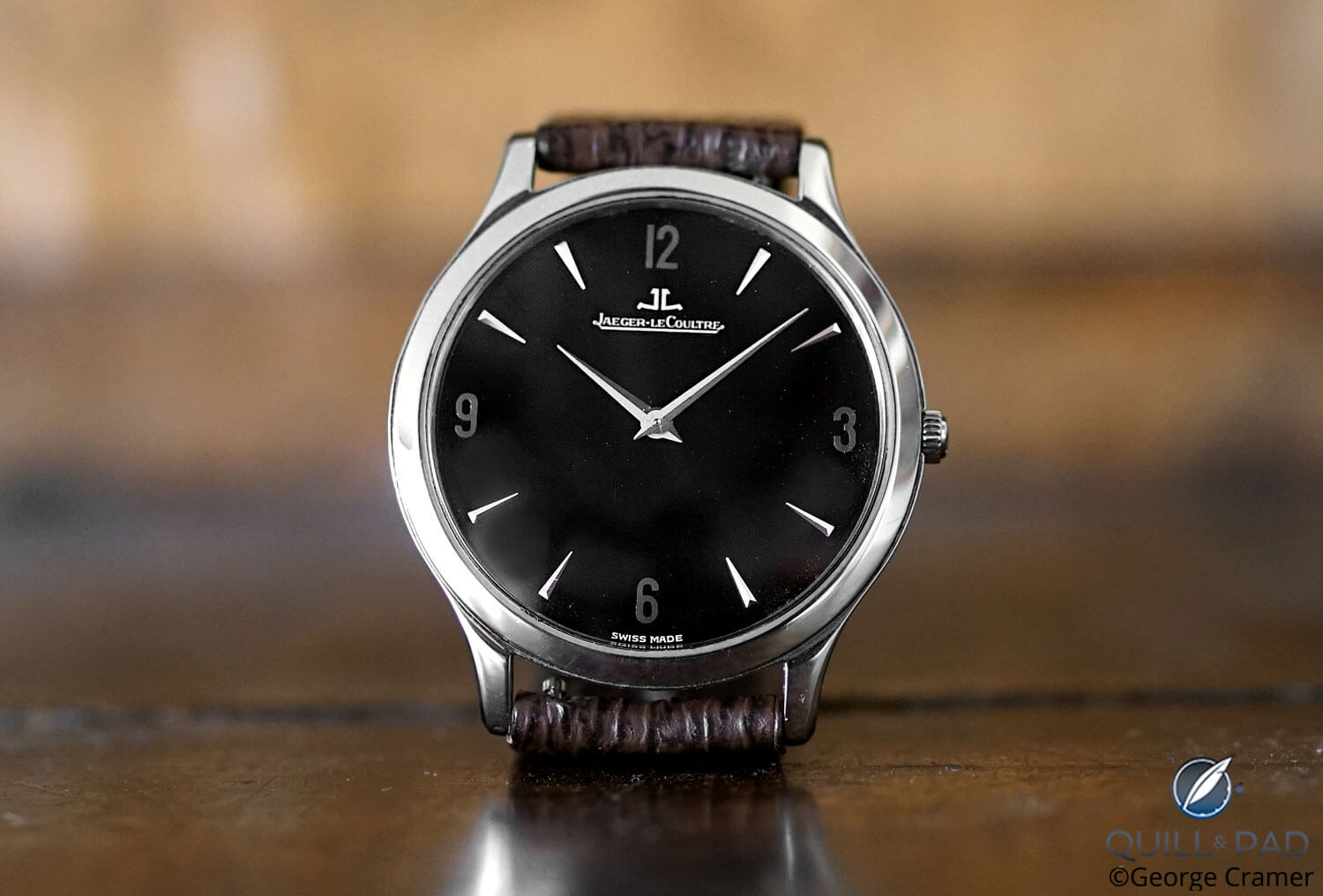
Jaeger-LeCoultre Master Ultra Thin
From the factory Jaeger-LeCoultre delivers the black-dialed Master Ultra-Thin with a brown alligator skin strap. The Ultra-Thin is easily complemented by straps of different colors and textures, which impact the way it looks as long as the straps are thin enough to match the case.
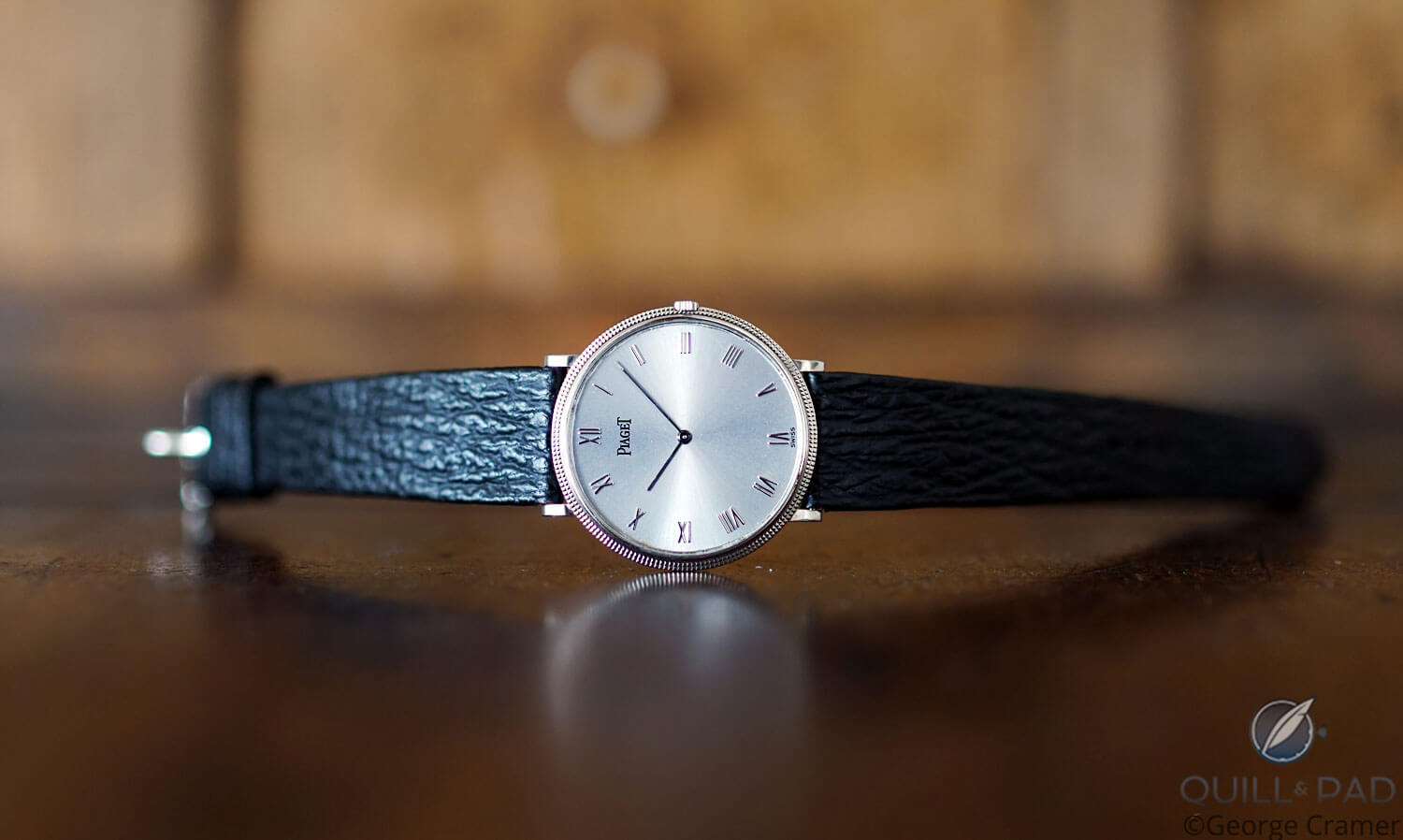
Piaget Altiplano
The Piaget has precisely the same preference for thin straps but prefers to stay more in the realm of the dress watch, a category in which Piaget has always excelled. While its white gold case is less classic than yellow gold, the Altiplano is most at home when matched with a well-tailored suit and tie. With its silver dial, it has a timeless quality.
While their relatively small diameters ensure that they are overlooked by many modern-day consumers, both the Piaget and the Jaeger-LeCoultre pack big punches in the manual-wind dress watch category. The fact that they are not as much in demand as I think they deserve is good news for those who like these type of watches as it keeps prices low on the pre-owned market.
For more information, please visit www.jaeger-lecoultre.com/ch/en/watches/master and/or piaget.com/watches/altiplano.
Quick Facts Piaget Altiplano
Case: 31 x 3.8 mm, white gold
Movement: hand-wound Caliber 9P, 2 x 20.5 mm, 18 jewels, 19,800 vph frequency, 36 hours power reserve
Functions: hours, minutes
Year of manufacture: approx. 1964
Price: approx. €3,500 on the secondary market
Quick Facts Jaeger-LeCoultre Master Ultra Thin
Case: 34 x 5.9 mm, stainless steel
Movement: hand-wound Caliber 849, 1.85 x 20.2 mm, 19 jewels, 3 Hz/21,600 vph frequency, 35 hours power reserve
Functions: hours, minutes
Year of manufacture: approx. 2000
Price: approx. €3,500 on the secondary market
Leave a Reply
Want to join the discussion?Feel free to contribute!








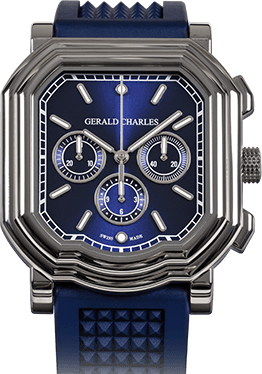
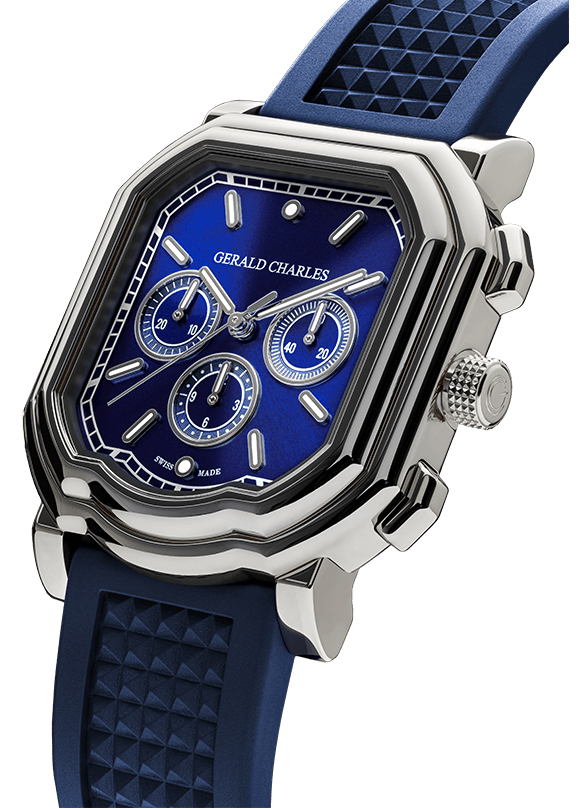

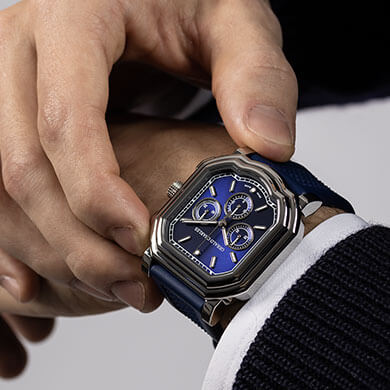
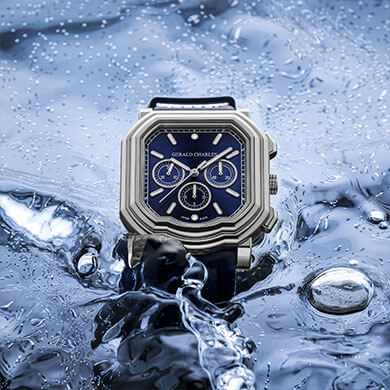

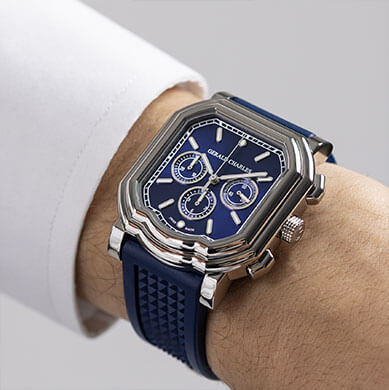



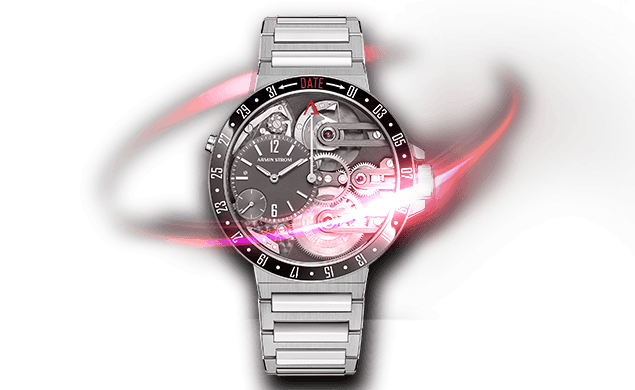
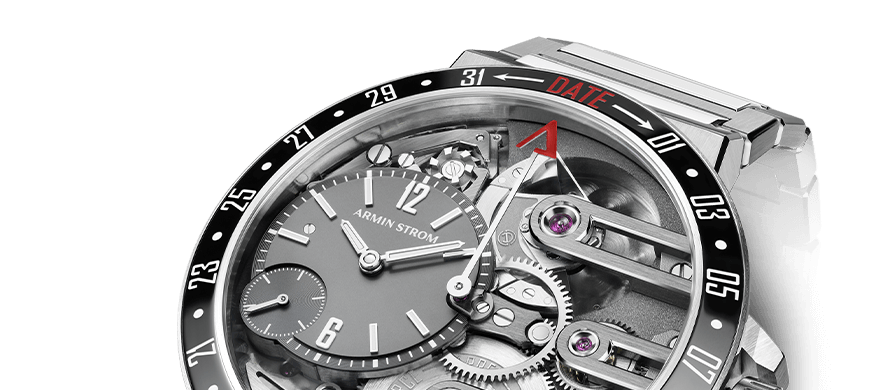
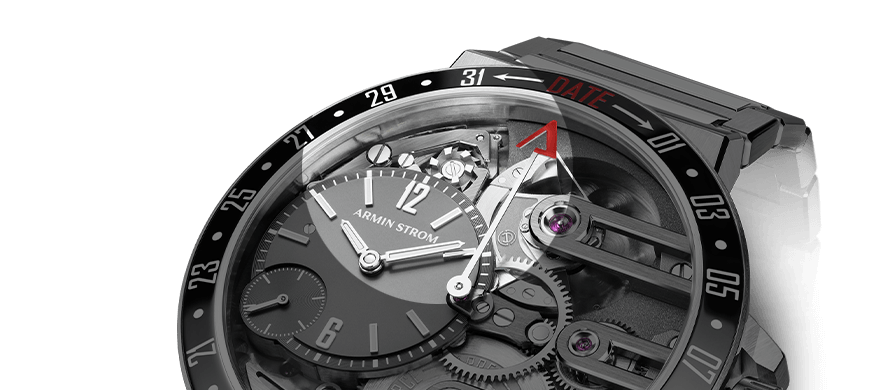


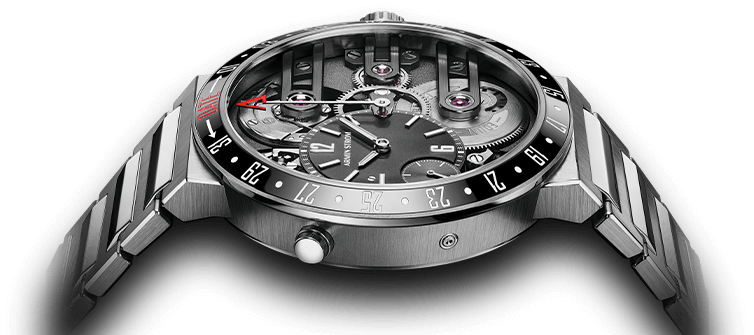
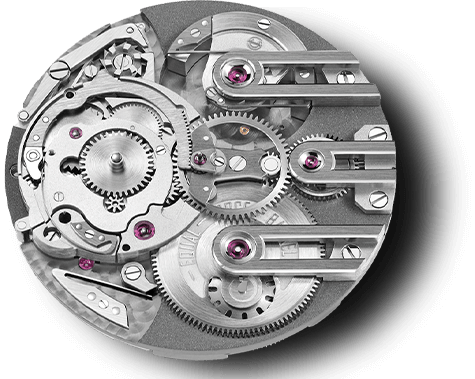

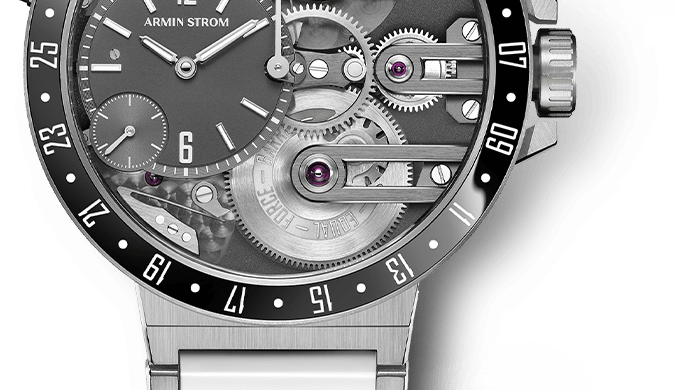
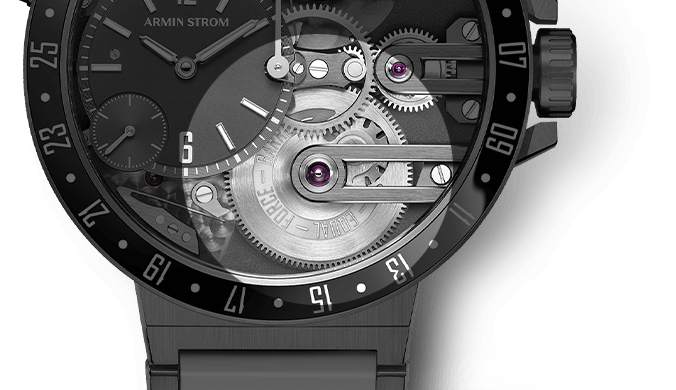


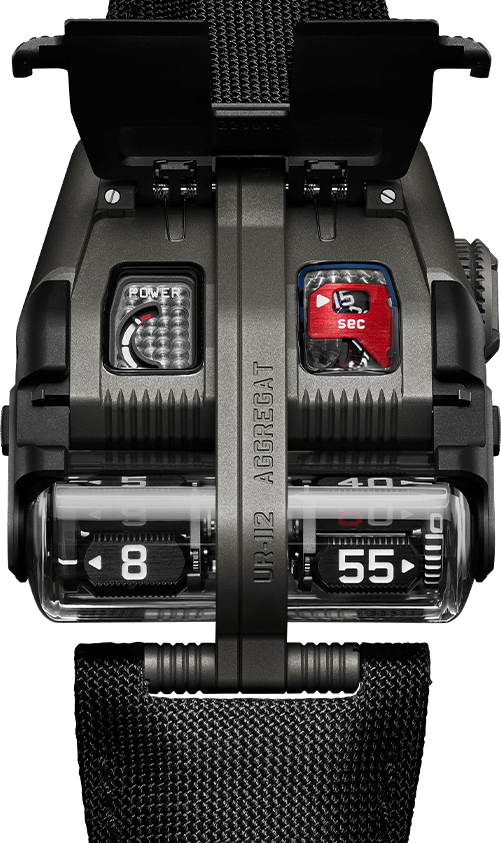

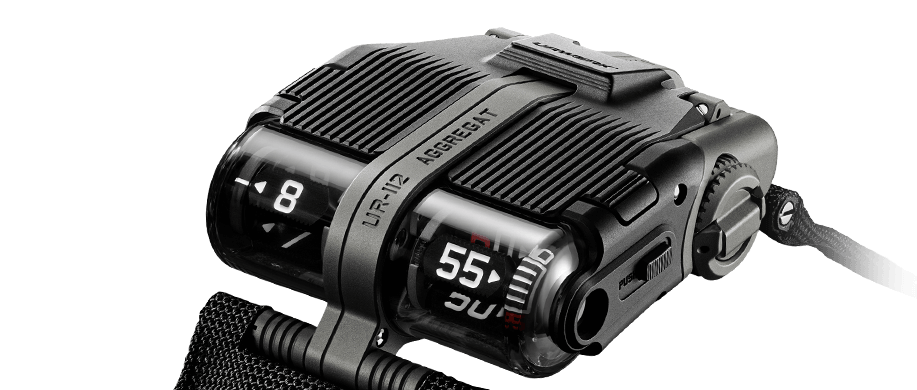
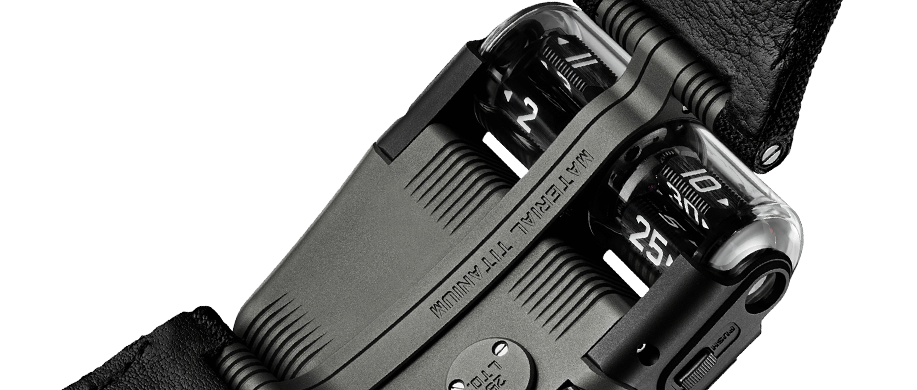
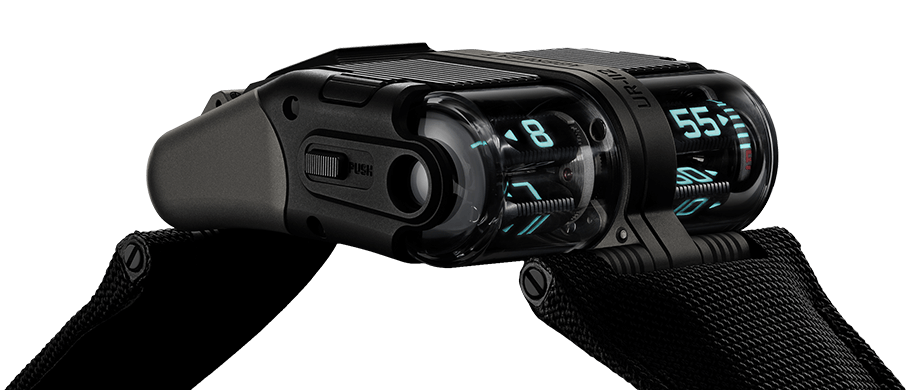


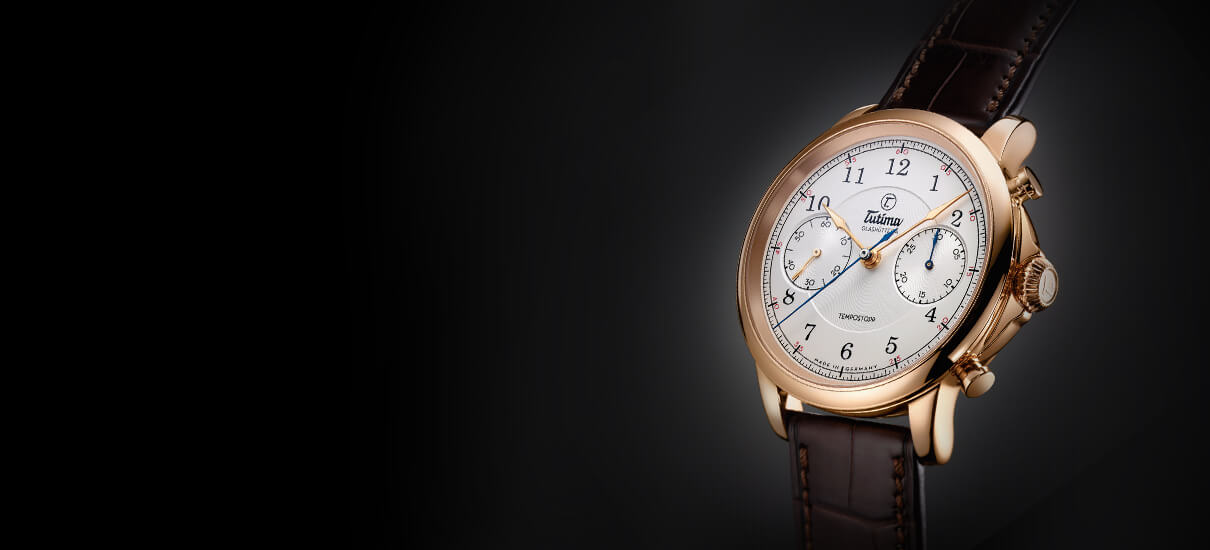

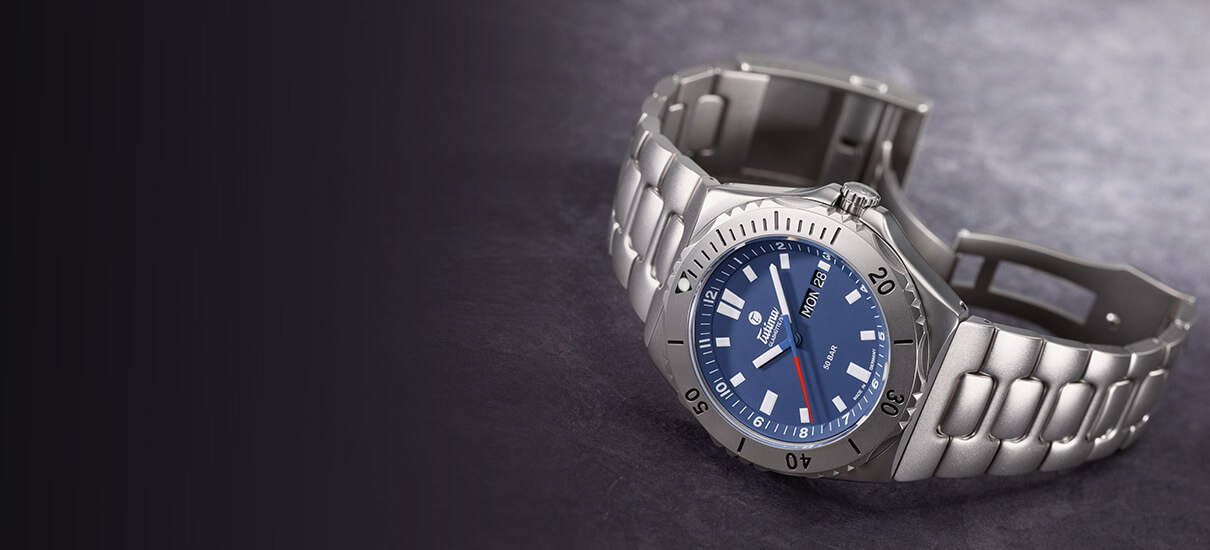

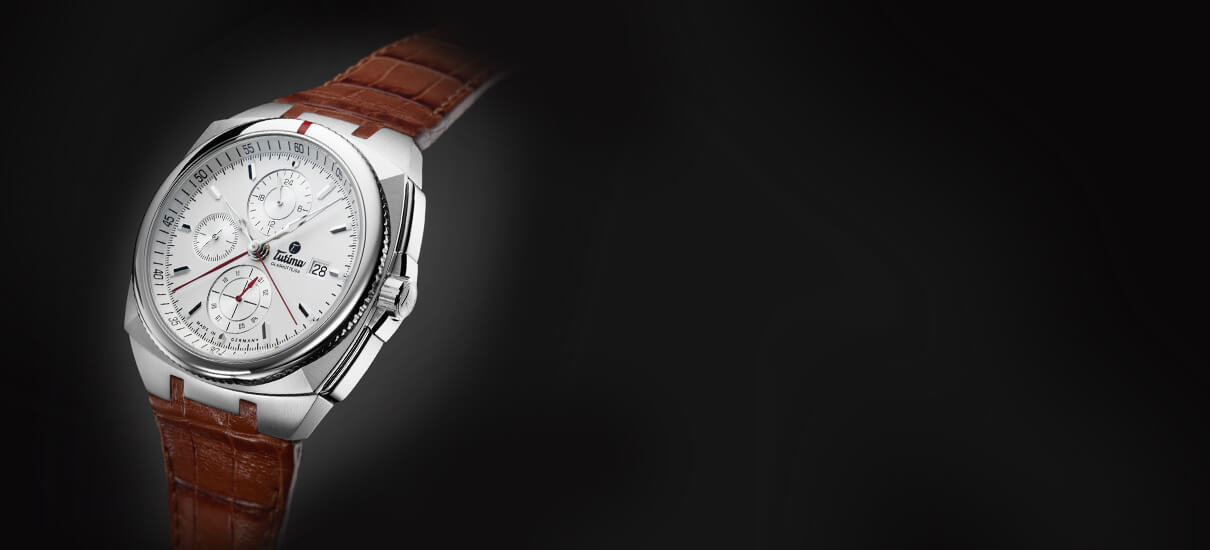

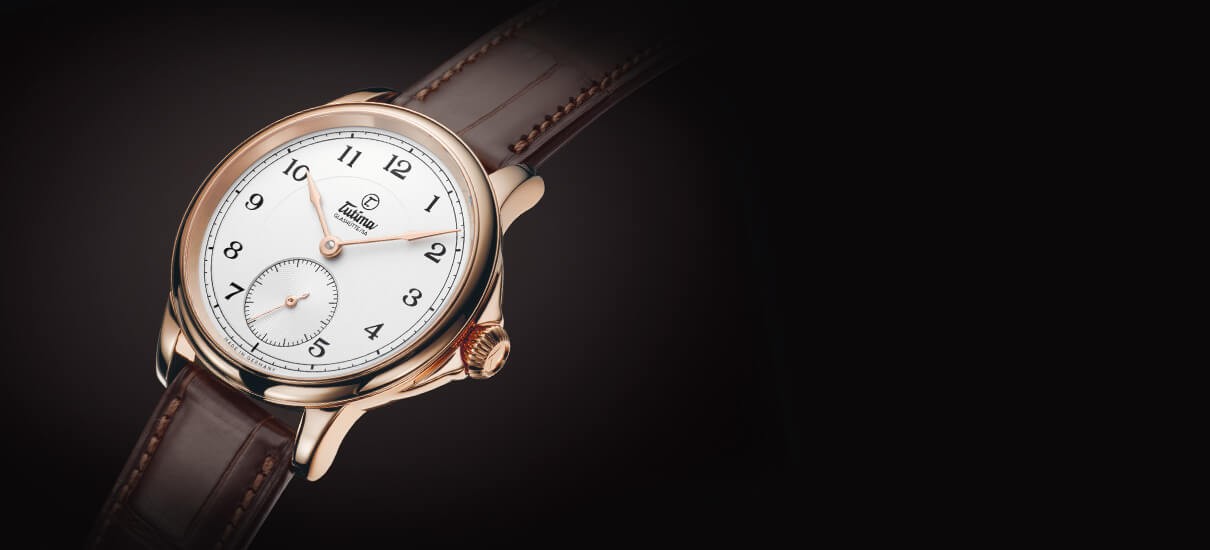

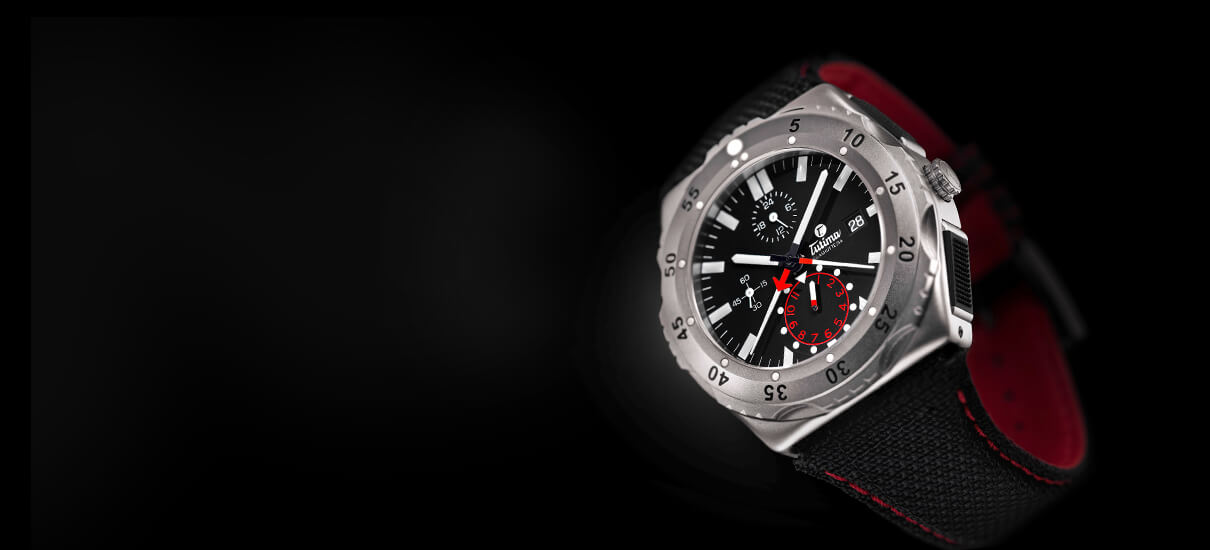

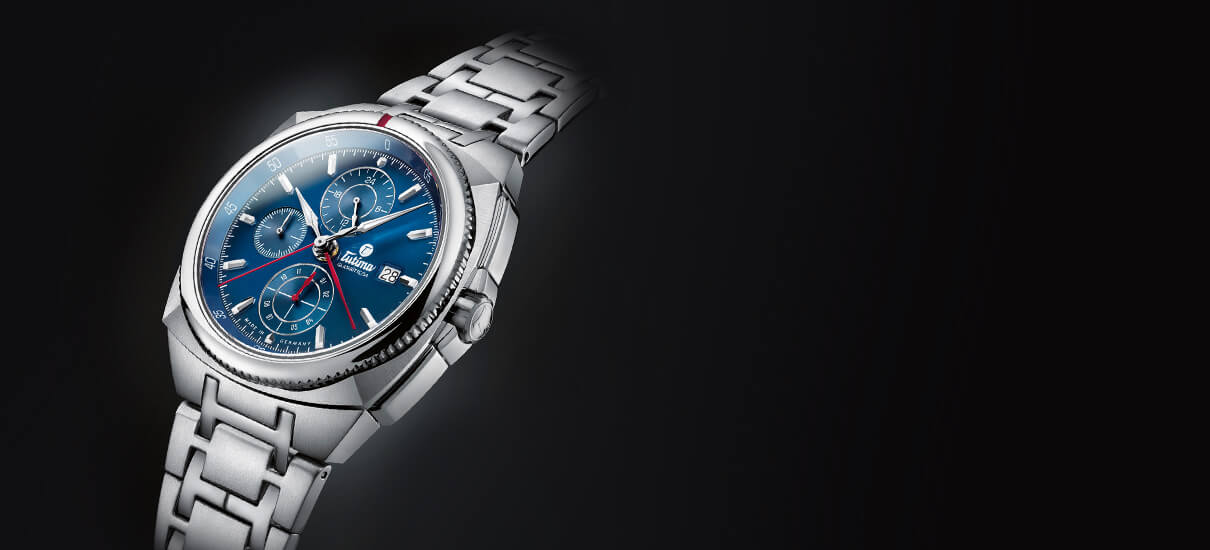

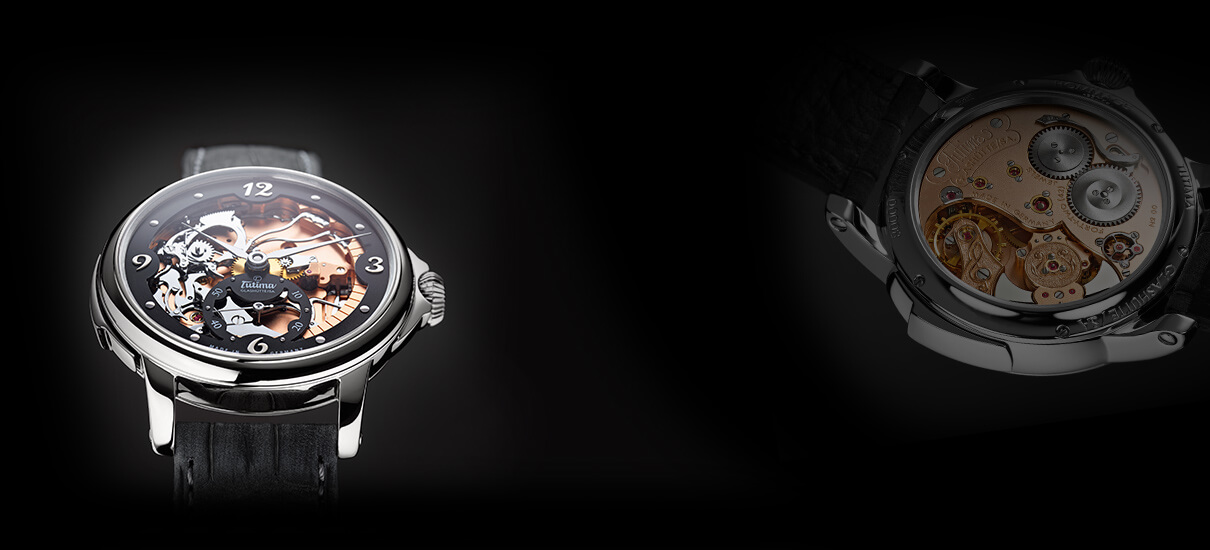



Do you have any more details about the Piaget? Ref no. etc, I’ve tried to do some digging but I can’t find the white gold, clous dear Paris model anywhere.